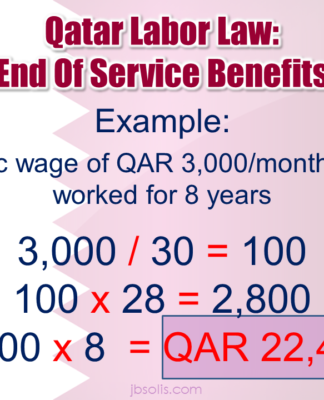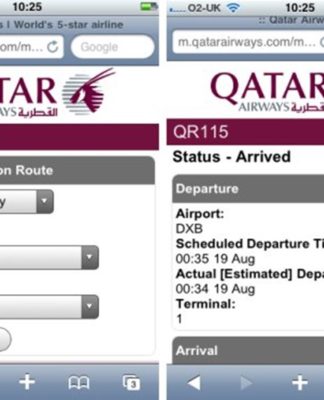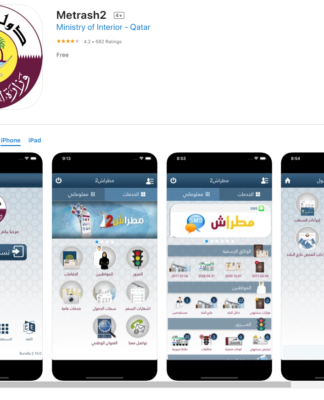Clinical review: NICE guidance on type 1 diabetes
Professor Rayaz Malik and colleagues outline new guidance on diagnosis and management.
Life expectancy in the 370,000 people with type 1 diabetes mellitus (T1DM) in the UK remains lower than those without diabetes. The delivery of care is variable, with a substantial north-south divide in England for major lower limb amputations1. The easily avoidable complication of diabetic ketoacidosis is on the rise, as is renal impairment and amputation, despite a decrease in referable blindness. The immediate and long-term costs of long-term complications are substantial, with amputation, for example, costing an estimated £9,546.
NICE guidance NG17, published in August 2015, provides evidence-based, practical advice on the diagnosis and management of T1DM in adults. Much has changed, particularly in relation to the provision of education, self-monitoring of glucose and insulin therapy.
Diagnosis and early care plan:
The diagnosis of T1DM is primarily made on clinical grounds, when an individual presents with:
- Ketosis
- Weight loss
- Age below 50 years
- BMI <25 and=”” li=””>
- A personal or family history of autoimmune disease
The routine measurement of C-peptide and diabetes-specific autoantibodies is discouraged. However, these should be undertaken when the clinical picture is not so clear, for example, when the patient is >50 years of age or has a BMI >25, when there is a clinical suspicion of monogenic diabetes, or when confirmation of T1DM will enable funding for continuous subcutaneous insulin infusion (CSII). The professional team needs to develop an early care plan based on a formal medical assessment to secure the diagnosis, ensure appropriate acute care in the context of the individual’s social, home and work circumstances, and implement a tailored diabetes education programme and treatment modalities.
Support and individualised care:
Individualised advice should be provided in a co-ordinated manner by a range of professionals with skills in the management of diabetes. An individual care plan should be agreed jointly, and reviewed and modified annually in relation to nutrition, self-monitoring, insulin dose adjustment, avoiding hypoglycaemia and achieving optimal glycaemic control to prevent long-term complications.
Physical activity:
Healthcare professionals should provide advice on the most appropriate intensity and frequency of physical activity as a part of a healthier lifestyle, by emphasising the role of self-monitoring and change in insulin or nutritional intake during and after exercise.
Blood glucose management:
HbA1c should be measured every three to six months and more often in those where control is changing rapidly. The result should be available at the time of consultation and ideally, it should have been measured recently to enable individualised, immediate advice.
When HbA1c is invalid (for example, because of disturbed erythrocyte turnover), fructosamine estimation, quality controlled blood glucose profiles and total glycated Hb estimation (abnormal Hb) should be deployed.
NICE recommends a target HbA1c of 48mmol/mol (6.5%) or lower, but advises that this should be individualised to avoid problematic hypoglycaemia. Diabetes services should document the proportion of adults with T1DM achieving an HbA1c of 53mmol/mol (7%) or lower. Routine blood glucose testing at least four times a day, before each meal and before bed is advocated. This can be increased to 10 times a day where a desired HbA1c is not being achieved, where there is frequent hypoglycaemia, or if there is a legal requirement (such as before driving), during illness, before and after sport or during pregnancy.
Target plasma glucose levels comprise the following:
- On waking: 5-7 mmol/L
- Before meals: 4-7 mmol/L
- 90 minutes after eating: 5-9 mmol/L
Increased self-monitoring should be optimised through structured education programmes. Continuous glucose monitoring systems (CGMS) have garnered much interest recently, with the introduction of several new devices.6 They can give both real time and glucose trend data, providing not only point-of-care testing, but also warning trends for rising or falling blood sugars. Taking paracetamol can artificially raise CGM values by about 3-4mmol/L within 60 minutes of ingestion and they can remain elevated for at least four hours. Routine use of CGMS is not advocated, but instead they should be targeted in individuals who:
- Are willing to commit to use CGMS at least 70% of the time
- Have complete loss of awareness of hypoglycaemia
- Have more than two episodes of hypoglycaemia per week
- Have an HbA1c >9% despite testing 10 times a day
- Can sustain HbA1c <7% or have achieved a fall of >2.5% with CGMS
CSII has been shown to be cost-effective compared with multiple daily insulin injections (MDI) in patients with T1DM and poor glycaemic control and/or problematic hypoglycaemia. CSII improves objective measures of neuropathy compared with MDI, despite a comparable HbA1c over two years.
Source: Gponline.com






























